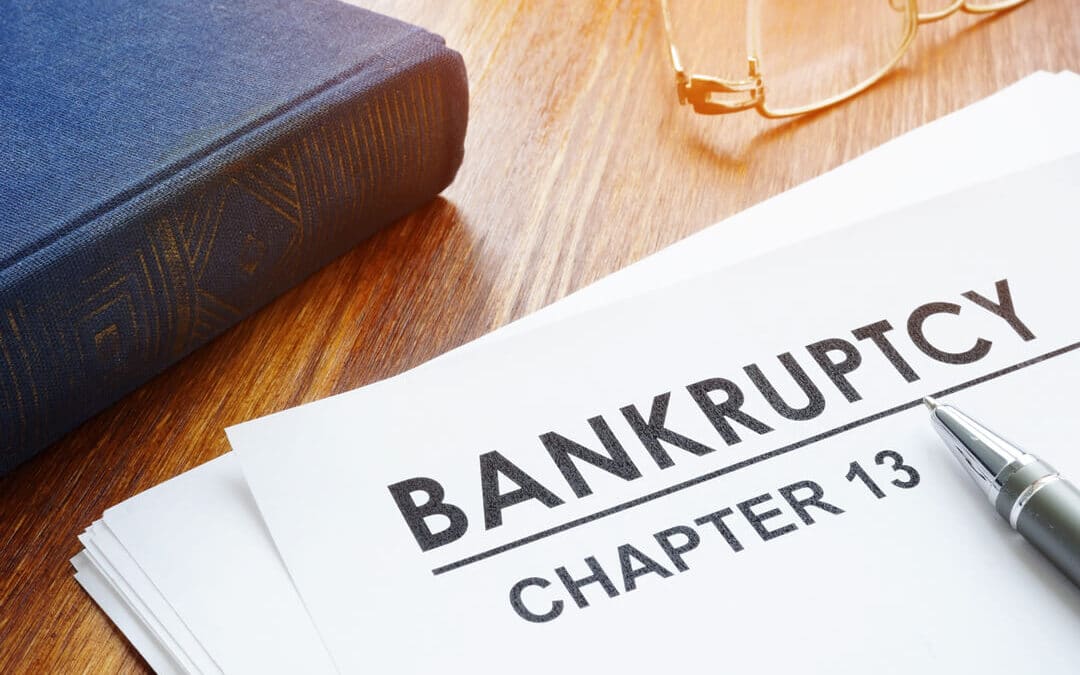If you’re considering filing for Chapter 13 bankruptcy, you may wonder how much of your debts you’ll have to repay. In this article, we will look at the factors that determine the percentage of debts you will pay back, and what you need to know before pursuing this option.
Understanding Chapter 13 Bankruptcy
Chapter 13 bankruptcy, commonly referred to as a “wage earner’s plan,” provides individuals with a consistent income an opportunity to establish a repayment plan approved by the court to resolve their outstanding debts.
Under this repayment plan, priority and secured debts get treated differently from unsecured debts. Priority debts, such as child support and unpaid taxes, as well as secured debts, debts backed by collateral, must be paid in full or kept current throughout the payment plan. You will make your regular monthly payments toward your priority and secured debts.
Your unsecured debts, such as credit card and medical debt, will then get combined and you will make a separate monthly payment toyour court-appointed bankruptcy trustee, who then distributes the funds among the creditors. Often any arrears you owe on secured debt can be included in with your unsecured debt.
A Chapter 13 repayment plan lasts three to five years. The length of your plan depends on your income and the total amount of debt you must repay.
Understanding the Percentage of Debt You Must Repay
When it comes to determining the percentage of debts, you’ll have to repay in a Chapter 13 bankruptcy, several factors come into play.
The Disposable Income Test
One of the key factors in determining the percentage of debts you will need to pay back in Chapter 13 bankruptcy is the disposable income test. The disposable income test compares an individual’s income to necessary living expenses. The amount of disposable income, which represents the funds available for debt repayment, is calculated by deducting necessary living expenses from the individual’s gross income.
To calculate disposable income, the Bankruptcy Code provides standard deductions for certain expenses such as food, clothing, and other necessities. These deductions are based on national averages and may vary depending on the area in which the individual resides. However, it’s important to note that these deductions are not based on the individual’s actual expenses but rather on standard amounts determined by the IRS.
The Best Interest of Creditors Test
Besides the disposable income test, the best interest of creditors test also plays a crucial role in determining the percentage of debts that need to be repaid. This test ensures unsecured creditors receive at least the value they would have received if the debtor’s nonexempt, unencumbered property were sold in a Chapter 7 bankruptcy.
The best interest of creditors test requires individuals to pay unsecured creditors an amount equal to the value of their nonexempt property. This means that individuals may need to repay a higher percentage of their debts if they have substantial nonexempt assets. However, it’s important to note that individuals will never be required to pay more than the total amount of their debts at the time of filing.
Individual Financial Circumstances
It’s important to note that the exact repayment percentage in Chapter 13 bankruptcy is determined individually. The disposable income test and the best interest of creditors test are used as guidelines to ensure fair treatment of creditors. However, the actual percentage individuals are required to pay back will vary depending on their specific financial circumstances.
While some individuals may be required to repay 100% of their debts, many filers only repay a portion of what they owe, often significantly less than the total amount.
Getting Help Filing Bankruptcy
Understanding everything you need to know about Chapter 13 bankruptcy before filing can be challenging. You may wish to consult with an experienced bankruptcy attorney who can provide personalized advice based on your unique financial situation. An attorney will help you understand the intricacies of the bankruptcy process, assess your eligibility for Chapter 13 bankruptcy, and guide you through the development of a repayment plan that is fair and accurately reflects your financial situation.
Brock and Stout’s bankruptcy attorneys have over 27 years of experience helping clients get a financial fresh start for Chapter 13 bankruptcy. Reach out to us today to schedule a free consultation to see if we can help you secure a better financial future.

